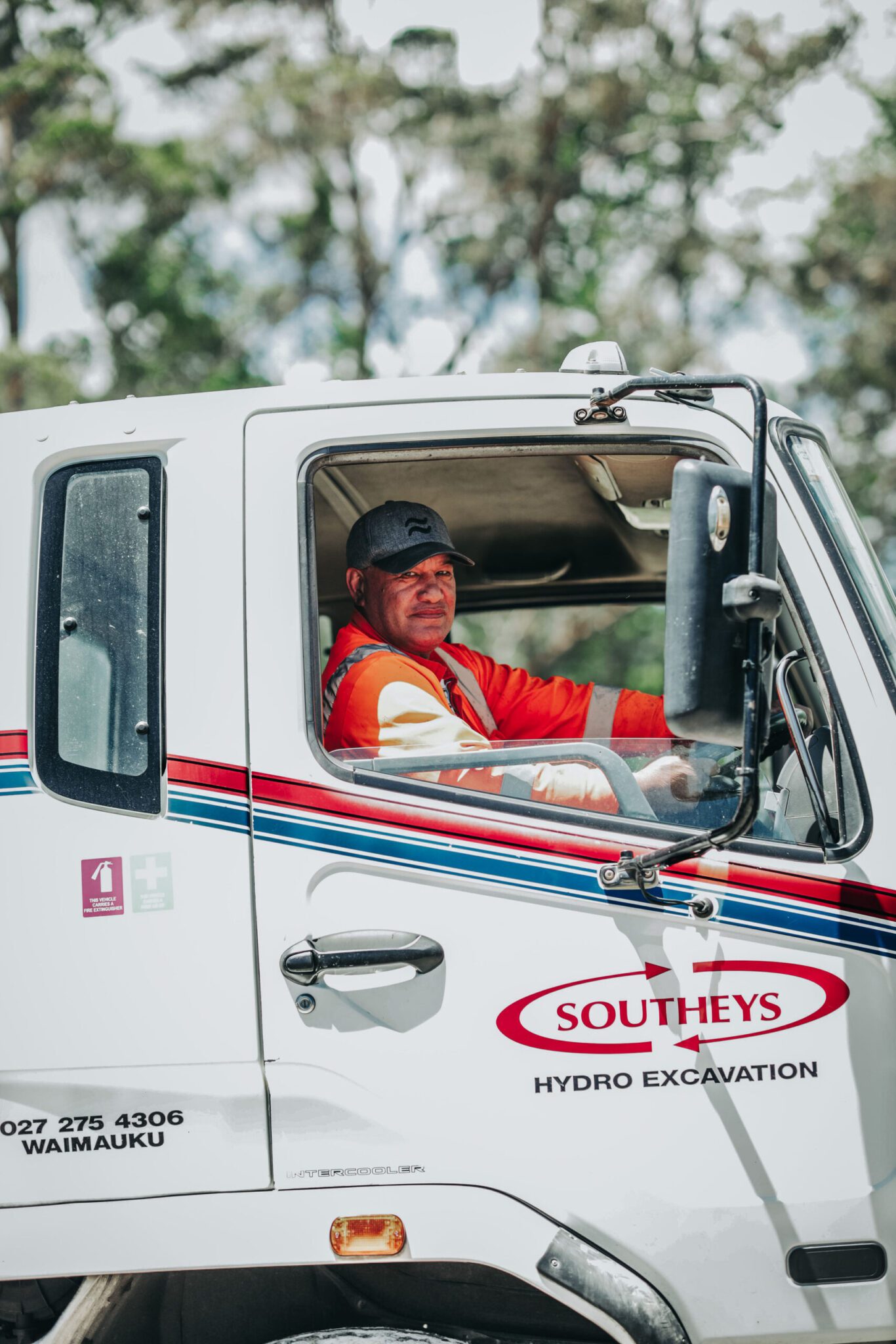Transporting goods across New Zealand takes place every single day of the year, and with 93% of all freight moved across the roading network the need for safe and accessible roads to enable efficient movement of goods and services is clear.
However, road maintenance and infrastructure upgrades are necessary to ensure road users can get to their destination in a predictable manner – that is, they know how long the journey will take, and which route to take.
To help operators better plan upcoming journeys, NZ Transport Agency Waka Kotahi (NZTA) is aiming to improve user experience and data quality across a number of tools that can be used to understand traffic impacts both now and into the future.
Tangible examples of this already include refining the processes that produce the weekly Freight Register and removing unnecessary piecemeal communications.
Available on the NZTA website, the Freight Register provides a short to medium term outlook of worksites that are, or will be, on the state highway network. This allows operators a gaze into the future and understand how transport requirements will be impacted by upcoming worksites and their traffic management requirements.
Helen Harris, National Journey Manager at NZTA, says that working with the freight industry is a focus area for the organisation. “As the saying goes, knowledge is power, and we are committed to providing as much information to the freight industry as possible.
“This will enable operators to plan ahead, making the best decisions possible in terms of route selection and timing of travel. We understand that disruption on a route can be the difference between making a profit or a loss on that route.”
It’s a case of many hands making light work across NZTA to provide the information. Central to the process is the Journey Manager role within each region; the role connects different delivery teams together to optimise how NZTA delivers work across the state highway network.
“Journey Managers play a key role in working with delivery teams to get the best outcome for the customer, whilst also making sure that work can take place as efficiently and as safely as possible,” explains Ms Harris. “It’s about making sure disruption on the network is minimised or managed as best as possible through communicating in advance and providing travel information on alternative routes and expected travel times.
“We are entering a period of significant investment into maintaining the state highway network. With increased investment comes more worksites, and this means we need to work with our suppliers to ensure works are sequenced in a way that minimises overall disruption.”
Tools like the Freight Register are supported by stakeholder management, facilitated by the industry associations, and industry opportunities such as Freight Forums. These opportunities ensure active discussion takes place between NZTA and key users of the state highway (and wider transport) network.
“Stakeholder engagement is a priority for NZTA,” says Ms Harris. “The more we understand how people use the transport network, and what matters most to them, the better we can plan our work to meet their needs. Sometimes this may not be possible – for example we may be able to get standard freight vehicles through a site, but not over-dimension loads.
“When this type of scenario unfolds the key is a collaborative approach. Coming together with our stakeholders allows us to collectively reach a solution that works for everyone.”
“This is just the start for NZTA in terms of improving user experience during the planning phase ahead of any journey” says Ms Harris. “We want to move to a state where any journey can be mapped out and the impact of roadworks and any other disruptions clearly understood. This will take time, and we want to be clear that this is just the start for us.”
“It’s fantastic that we have been able to make these improvements. We place great value on working collaboratively with the freight industry, and we look forward to continuing to deliver for operators around the country – both through delivery on the ground and via the tools we provide to make journeys more efficient and reliable.”
The Freight Register can be viewed at https://www.nzta.govt.nz/commercial-driving/trucks-and-tow-trucks/potential-restrictions-affecting-freight/





